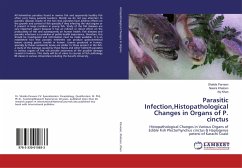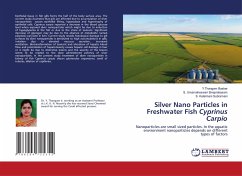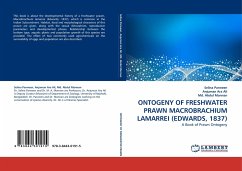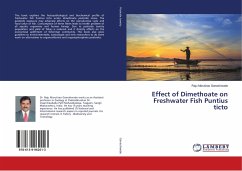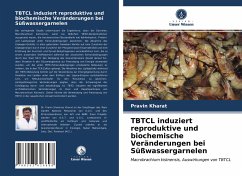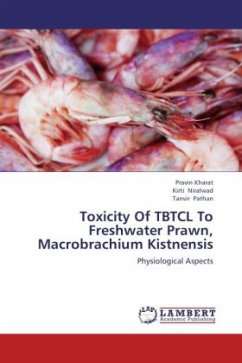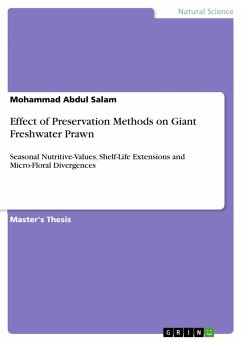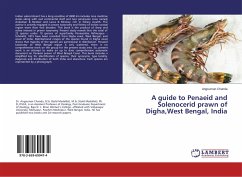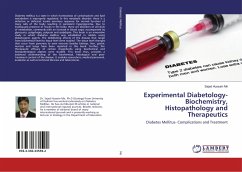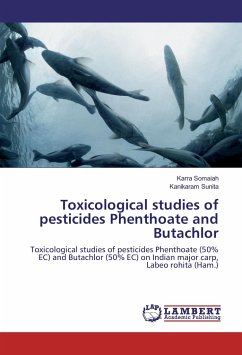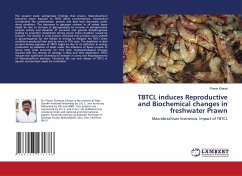
TBTCL induces Reproductive and Biochemical changes in freshwater Prawn
Macrobrachium kistnensis, Impact of TBTCL
Versandkostenfrei!
Versandfertig in 6-10 Tagen
27,99 €
inkl. MwSt.

PAYBACK Punkte
14 °P sammeln!
The present study substantiate findings that prawn, Macrobrachium kistnensis when exposed to TBTCl lethal concentrations, biochemical constituents like carbohydrate, protein and lipid level decreased under stress condition. The decreases in glycogen content in all tested tissue might be due to increase in glycogenolysis by increase in phosphorylase enzyme activity and elevation of succinate and pyruate dehydrogenase leading to anaerobic metabolism during anoxic stress condition caused by toxicant. The decline in total protein indicated that proteins were utilized in gluconeogensis for the rele...
The present study substantiate findings that prawn, Macrobrachium kistnensis when exposed to TBTCl lethal concentrations, biochemical constituents like carbohydrate, protein and lipid level decreased under stress condition. The decreases in glycogen content in all tested tissue might be due to increase in glycogenolysis by increase in phosphorylase enzyme activity and elevation of succinate and pyruate dehydrogenase leading to anaerobic metabolism during anoxic stress condition caused by toxicant. The decline in total protein indicated that proteins were utilized in gluconeogensis for the release of energy to mitigate the TBTCl stress conditions produced keto acid to enter in TCA cycle. The depletion in lipid content during exposure of TBTCl might be due to its utilization in energy production by oxidation of lipids under the influence of lipase enzyme to derive fatty acids precursor for TCA cycle. Histopathological changes showed that the severity of damage is dose and time dependent. TBTCl induces the significant architectural changes in ovary and hepatopancreas of Macrobrachium kistnesis. Therefore the use and release of TBTCl in aquatic environment might be controlled.



